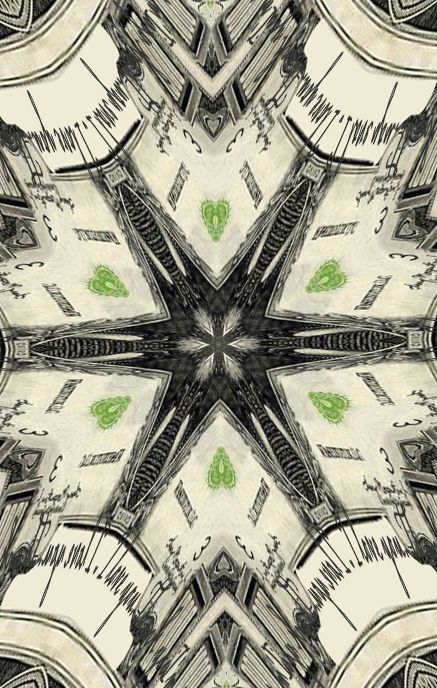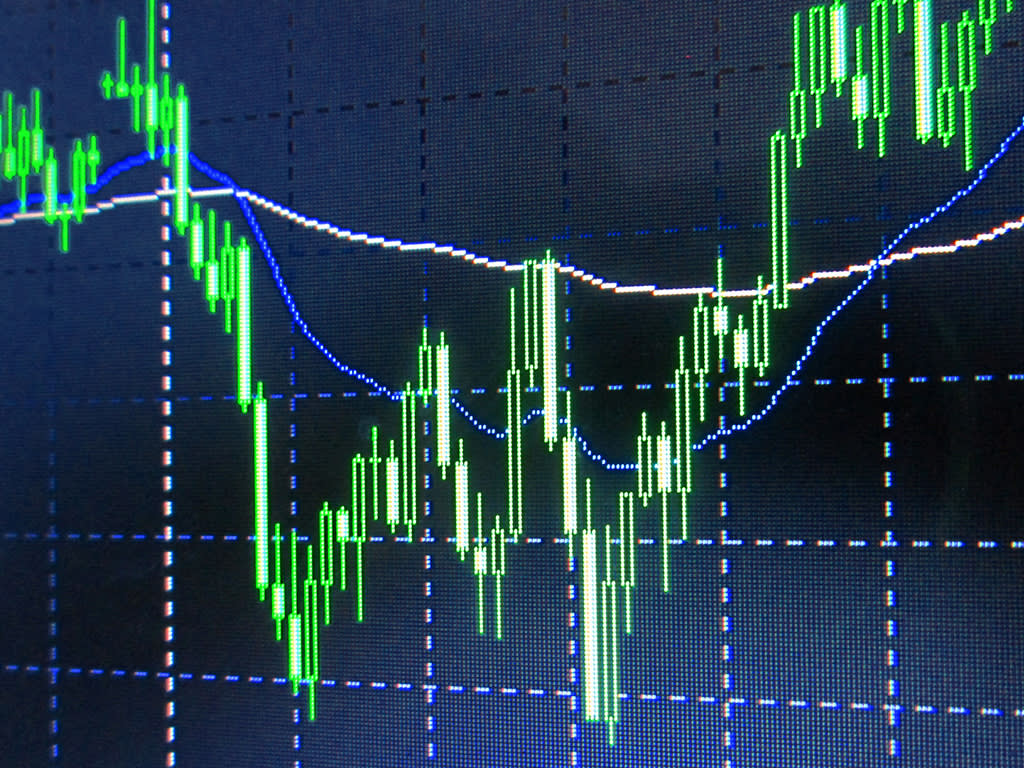When confronted with a challenge, the committed heart will search for a solution. The undecided heart searches for an escape. Alpha Wolf Capital
The 3rd quarter certainly started off nicely enough with the S&P 500 rising 14% from July 1st to August 16th but the second half of the quarter was not nice declining 17% by quarter’s end delivering investors a -4.9% return for the quarter as a whole and now -24% for the year. Investors were in no mood for contrarian thinking as put volumes and premiums are setting records (wagers on additional market declines), portfolio cash levels are at their highest in twenty years and speculators are holding near record short positions in most major market indices.
The markets are clearly focused upon three concerns; inflation that they fear may continue to remain elevated and persistent, a Federal Reserve that seems intent on raising interest rates to the heavenly realms and an economy that responds to a hawkish fed by going into a recession with the accompanying harmful effects on corporate earnings. Why be a contrarian when seemingly there isn’t any reason to be contrary?
But there is. From April 2020 to January 2022 the S&P traded at levels of between 20 and 23 times earnings. Currently it is at 16 meaning that the market decline is attributable to valuation levels rather than lower earnings. The source of our current battle with rising prices is easy to explain. To offset the impact of having shuttered much of the national economy at the onset of the pandemic in March 2020 the federal government responded by an historically unprecedented bout of spending leading to a 26.4% increase in M2 money supply from April 2020 through year end 2021. For the past 9 months M2 has been rising at a miserly rate of just 2.3%. Commodity prices sniffed this out months ago. Both crude oil and copper are down 35%, echoing gold’s 22% fall since March.
Meanwhile consumers are in great shape. Much of that money that Uncle Sam spent hasn’t disappeared but is sitting in our bank accounts. Commercial bank deposits peaked at $3.2 trillion above their pre Covid levels and are still $2.7 trillion higher. That is an amount equal to more than 10% of the size of the US economy. The Atlanta Fed’s estimate for growth in the 3rd quarter is at 2.3%, a dramatic improvement over the near zero estimate of just several weeks ago. Remember, corporate earnings aren’t inflation adjusted so with inflation still tracking at 6% + levels, non-inflation adjusted GDP may well top 9%, significantly above its 6% average of the past 75 years.
Could it be that we’re near to being invited to share Goldilock’s “just right” bowl of economic and financial market offerings? Inflation past its peak and set to decline. A Federal Reserve near the end of its rate rising cycle and an economy poised to surprise to the upside. With this unfolding scenario marrying an equity market discounting a great deal of the negative, and very little of the possibility of the positive, maybe we should start to prepare ourselves to go bear hunting!
Perhaps the financial market exhibiting the most extreme forms of behavior is that of the global foreign exchange markets, with the value of the Euro and the Japanese Yen declining 14% and 20% respectively year to date, in relation to the US $. It is interesting that the Japanese market’s 26% and European market’s 29% declines are so similar to that of the S&P, but US investors returns are negatively impacted by holding assets valued in those currencies. For example, the Japanese TOPIX index is -7.65% year to date in Japan’s local currency terms. Should the dollar reverse course, the returns on foreign stocks could be particularly interesting for US investors.
The first three quarters of the year have been difficult for investors as bonds have followed stocks on their negative course. The 10 year US Treasury rate started the year at 1.52% and finished September at 3.83%. The dramatic rise in interest rates has damaged the market value of fixed income instruments with AGG, an index of the investment grade taxable US bond market, -15 ½% for the year. The result has been unpleasant declines in the value of investor’s portfolios with the equity shares -24.6% and the fixed income portion down approximately 18% leaving the 60/40 portfolio down 21.3% for the year.
Mark H. Tekamp/October 6, 2022




